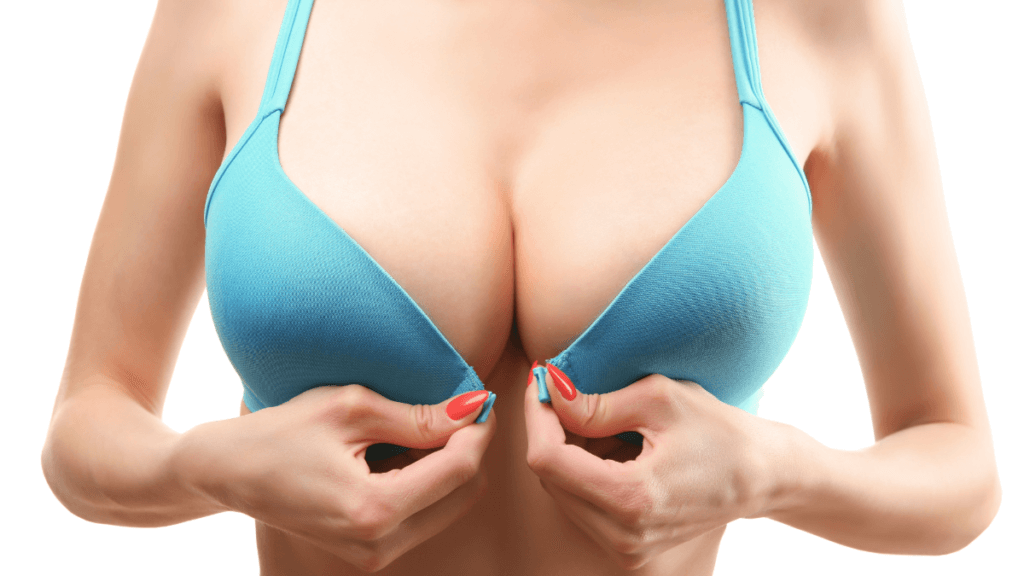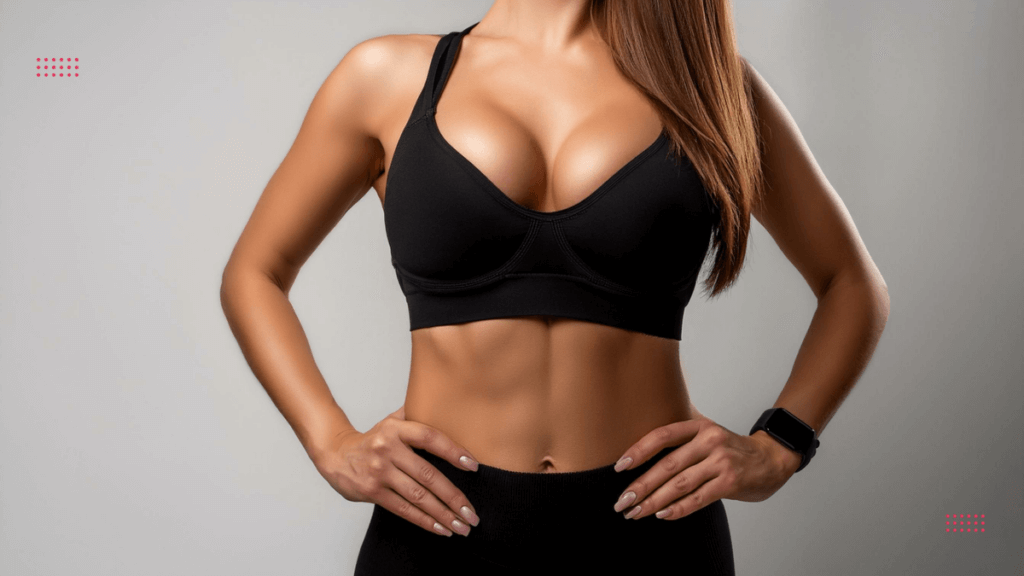Deciding to pursue breast augmentation is not easy. Most women come to the decision after much deliberation, considering carefully the benefits that come with larger breasts as well as the risks. Historically, most women report being happy with their decision, but some serve as a warning that not all attempts at breast augmentation turn out as planned.
The type of breast procedure, the surgeon selected and your conviction about having the procedure are important elements for success.
Types of Breast Augmentation
When women discuss breast augmentation, they are usually talking about surgery. Implants are the most popular type of cosmetic surgery, according to the American Society of Plastic Surgeons and the British Association of Aesthetic Plastic Surgeons.
Surgery usually entails making a cut on the underside of the breast, inserting an implant above or under the supporting muscle then sewing the incision shut. Sometimes the implants are placed through the areola (the dark portion of the breast surrounding the nipple) or through an incision in the armpit, depending on the circumstances and the type of implant.
Some women use less invasive methods. Breast enlargement pills have plant-based oestrogens which causes tissue production similar to what women experience during pregnancy. Breast enhancement creams operate on the same principle but are rubbed directly onto breasts.
However, these creams deliver less oestrogen and are often used in conjunction with pills. Breast augmentation exercises target strengthening the supporting muscles under the breast.
The Plus Side
The obvious plus to breast augmentation is larger breasts. With surgery, a woman’s breast size can increase significantly within hours. The latest generations of implants feel natural and new surgery techniques leave smaller scars that become barely noticeable with time.
Other augmentation methods may also increase breast size but not as dramatically and take a greater amount of time. Psychologically, breast augmentation tends to make a woman feel more self-assured, and have a better self-image, as well as feeling more desirable. All factors that contribute to an improvement in mental health, given the procedure is successful.
The Negative Side
There are a number of risks involved with breast surgery. Any type of surgery is expensive, and cosmetic surgery isn’t usually covered by insurance. The recovery time is long and painful. During recovery you will likely need to wear a special bra and take painkillers to ease the discomfort.
About 30% of women will need some sort of corrective breast surgery within 10 years. About 20% who get silicone implants will need to have them removed, and 10% of saline implants deflate within 3 years. Implants can rupture, shift, or cause wrinkling, scarring and pain. In some rare cases, things can turn for the worst and it may be difficult to detect cancer when getting a mammography.
Breast Augmentation Implants Comparison
| Feature | Saline-Filled Implants | Silicone Gel-Filled Implants | Cohesive Gel Implants (“Gummy Bear”) |
|---|---|---|---|
| Filler Material | Sterile salt water (saline) | Silicone gel (a semi-solid, viscous substance) | Cohesive silicone gel (a thicker, more form-stable gel) |
| Feel | Can feel slightly less natural than silicone, especially in thin individuals; potential for “rippling” or “wrinkling” | Generally considered to feel more natural and similar to breast tissue | Firm yet soft, maintains shape better than traditional silicone gel, considered a more natural feel by many |
| Rupture/Leakage | Saline is absorbed by the body if the implant ruptures; no health risks associated with saline leakage | Silicone leakage is generally contained within the implant capsule; “silent rupture” may not be immediately noticeable; MRI scans are recommended for monitoring | Cohesive gel is designed to hold its shape even if the implant ruptures; leakage is less likely and contained |
| Mammography | Saline implants can sometimes interfere with mammograms | Silicone implants can slightly obscure mammograms; special views may be needed; MRI may be recommended for screening | Cohesive gel implants generally have less interference with mammography than traditional silicone, but special views may still be needed |
| Cost | Typically less expensive than silicone implants | More expensive than saline implants | Typically the most expensive option |
| Durability | Prone to rippling or wrinkling over time | Generally durable, but can rupture or leak | Highly durable, maintains shape well |
| Natural Look | Can look less natural, especially in thin patients | Generally provides a more natural look and feel | Often considered the most natural-looking and feeling option, especially the “gummy bear” variety |
| Availability | Widely available | Widely available | Widely available, but may vary by region and surgeon |
| FDA Approval | FDA-approved | FDA-approved with restrictions and post-approval studies | FDA-approved |
| Longevity | May need replacement sooner than silicone due to higher risk of deflation | Typically last 10-15 years, but replacement may be needed eventually | Typically last 10-15 years, but replacement may be needed eventually |
Why Choosing the Right Surgeon Matters

Choosing the right surgeon for breast augmentation is absolutely crucial. It can mean the difference between achieving beautiful, natural-looking results and facing serious complications. A skilled and experienced plastic surgeon will help you select the right implant size and shape for your body. They will also ensure the procedure is performed safely, minimising risks such as scarring, implant rupture, or incorrect placement. Board certification, patient reviews, and before-and-after photos are key indicators of a reputable surgeon.
A good surgeon will have an open and honest approach. Discussing the benefits is as important as talking about the potential risks to ensure you have realistic expectations. Rushing into surgery with an unqualified or inexperienced doctor can lead to poor results, health complications and costly corrective procedures down the line. When it comes to breast augmentation, doing your research and choosing a highly qualified professional is the most important step towards a successful outcome. Never skip this step.
The Importance of Choice
Pills, creams and targeted exercise take weeks to produce results, if any. No reputable studies have been performed to analyse the claims that plant-based estrogens increase breast tissue, not has their safety been tested thoroughly.
Building muscle behind the breast through exercise may enhance the appearance of breast but would do nothing to the actual breast tissue. Psychologically, some women may be let down when they discover having larger breasts didn’t have the desired effect on their lives.
Women should discuss any health issues with their doctor to determine if the breast enhancement method they’ve chosen is safe.


